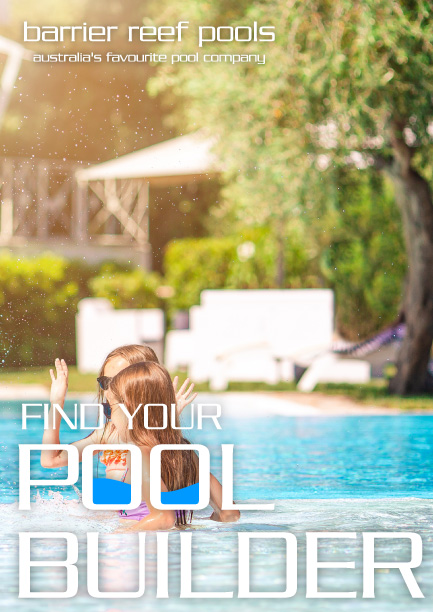A Glossary Of Swimming Pool Terms
Swimming pools, with their intricate structures and diverse terminology, can be quite overwhelming for those not familiar with them. From the various components to the specialised jargon, understanding the world of swimming pools can seem like diving into uncharted waters. That's why we've taken the initiative to create a comprehensive glossary of common swimming pool terms, providing you with a detailed resource to unravel the mysteries and complexities of this fascinating domain. Whether you're a pool owner, a swimmer, or simply curious about the inner workings of these aquatic havens, our glossary will equip you with the knowledge to navigate the pool landscape with confidence and clarity. So dive in and explore this invaluable reference guide, unlocking the secrets of swimming pool terminology one term at a time.

Let's Dive In!
Backwash
Backwash typically refers to the process by which the filtration system of a swimming pool is cleaned. The flow of water is reversed so that debris and dirt caught in the filter are expelled.
Chlorinator
A chlorinator is a device that introduces chlorine into the pool water. Chlorine is a chemical that helps keep the pool clean by killing bacteria and other harmful organisms.
Skimmer
A skimmer is a built-in component of a swimming pool that helps remove debris from the surface of the water. It usually consists of a collection basket and a flap, known as a weir, which controls the flow of water into it.
pH Level
The pH level of the pool water is a measure of its acidity or alkalinity. A balanced pH level (usually between 7.2-7.8) is essential for the comfort of swimmers and the effectiveness of sanitising chemicals.
Shock Treatment
Shock treatment, also known as superchlorination, involves adding a large amount of chlorine to the pool water to eliminate chloramines and other contaminants. This process is typically conducted on a weekly basis or after heavy pool use.
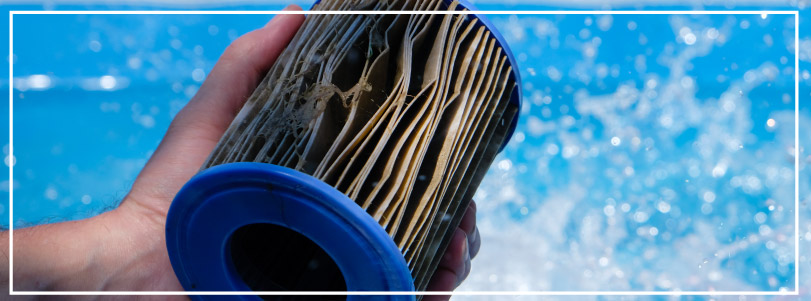
Turnover Rate
The turnover rate refers to the amount of time it takes for the volume of water in the pool to pass through the filtration system. For most pools, the recommended turnover rate is every 8-12 hours.
Main Drain
The main drain is not a drain in the traditional sense, but a crucial part of the pool’s circulation system. Usually located at the deepest part of the pool, it helps to circulate water by sending it to the pool’s filter system.
Algaecide
Algaecide is a chemical that prevents algae growth in the pool. Regular use of an algaecide can help maintain clear and clean pool water, reducing the need for more aggressive treatments.
Fibreglass Pool Shell
The fibreglass pool shell refers to the single-piece, pre-made structure that forms the basin of a fibreglass swimming pool. These shells are designed and moulded off-site, then transported and installed in the decided location.
Gelcoat Finish
A gelcoat finish is the high-gloss, protective layer applied to the outer surface of a fibreglass pool shell. This layer gives the pool its smooth, aesthetically pleasing appearance and also serves to prevent algae and dirt build-up.
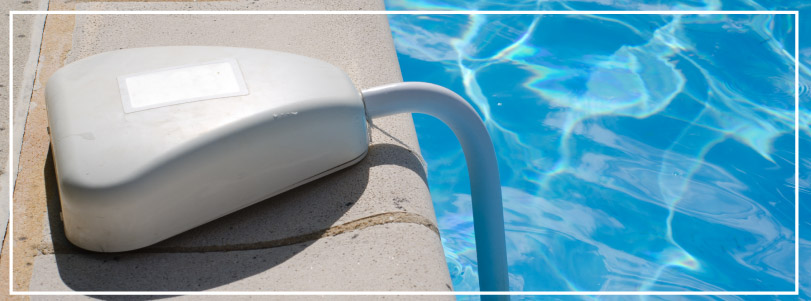
Sand Base
A sand base in the context of fibreglass pools refers to the sand layer that is applied to the excavated area where the fibreglass shell will be laid. This layer aids in the levelling process and provides a soft and forgiving surface for the pool shell.
Pool Coping
Pool coping represents the edging that surrounds a swimming pool. In fibreglass pools, the coping is often made from materials such as stone or concrete and serves as a border between the pool shell and the surrounding deck.
Flexural Strength
Flexural strength relates to the ability of the fibreglass material to resist deformation under load. Higher flexural strength means that the fibreglass pool shell is less likely to crack or warp when exposed to external pressures, such as ground movement or changes in temperature.
Salt Chlorinator
A salt chlorinator is a device that uses common table salt to produce chlorine for the pool. It offers a more natural and less harsh alternative to traditional chlorine, improving water quality and reducing the need for excessive chemicals.
Solar Cover
A solar cover, also known as a solar blanket, is a large sheet of plastic that can be placed over the pool when not in use. Its primary function is to absorb sunlight and transfer the warmth to the pool waters, thereby maintaining a comfortable swimming temperature. It also prevents debris from entering the pool and reduces water evaporation.
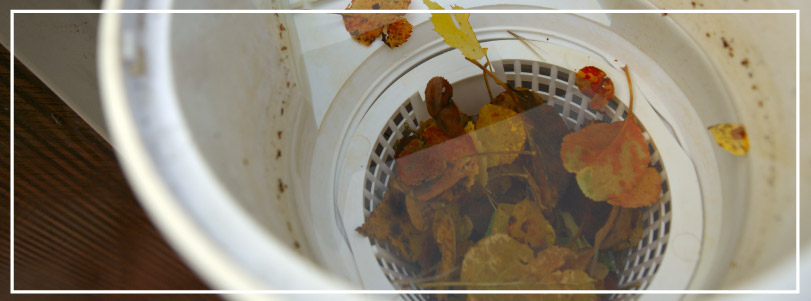
Pool Heater
A pool heater is a device used to regulate the temperature of the pool water. There are several types of pool heaters available, including gas heaters, electric heaters, and solar heaters, each with its own advantages and limitations.
Filter Cartridge
A filter cartridge is a component of the pool’s filtration system. It contains a pleated fabric or paper which traps and holds debris as water flows through it. These cartridges need to be cleaned regularly and replaced periodically to ensure effective filtration.
Pool Vacuum
A pool vacuum is a tool used to clean the bottom and sides of a swimming pool. It operates much like a household vacuum cleaner, sucking up debris such as leaves, dirt, and algae.
Safety Cover
A safety cover is a strong, durable cover designed to fit securely over the pool when it’s not in use. Its primary purpose is to prevent accidental falls into the pool, making it a critical feature for households with children or pets.
Vinyl Liner
A vinyl liner is a type of pool lining material typically used in in-ground and above-ground pools. This liner, custom-fitted to the pool’s dimensions, acts as a barrier between the pool structure and water, providing a smooth, comfortable surface for swimmers.
Conclusion
In conclusion, understanding the components and terms associated with swimming pools is essential to ensuring an effective operation and longevity of your own swimming pool. From the filtration system to the pool’s structural components, each aspect plays a crucial role in maintaining a clean, safe, and enjoyable swimming environment. If you wish to explore deeper into the realm of swimming pools or if you are considering the installation of your own fibreglass swimming pool, do not hesitate to reach out to us at Barrier Reef Pools. We offer free quotes and would be more than happy to answer any questions you may have.
A Glossary Of Swimming Pool Terms
Swimming pools, with their intricate structures and diverse terminology, can be quite overwhelming for those not familiar with them. From the various components to the specialised jargon, understanding the world of swimming pools can seem like diving into uncharted waters. That's why we've taken the initiative to create a comprehensive glossary of common swimming pool terms, providing you with a detailed resource to unravel the mysteries and complexities of this fascinating domain. Whether you're a pool owner, a swimmer, or simply curious about the inner workings of these aquatic havens, our glossary will equip you with the knowledge to navigate the pool landscape with confidence and clarity. So dive in and explore this invaluable reference guide, unlocking the secrets of swimming pool terminology one term at a time.
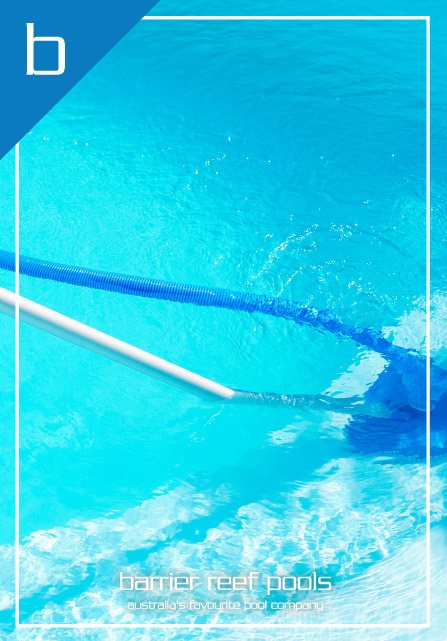
Let's Dive In!
Backwash
Backwash typically refers to the process by which the filtration system of a swimming pool is cleaned. The flow of water is reversed so that debris and dirt caught in the filter are expelled.
Chlorinator
A chlorinator is a device that introduces chlorine into the pool water. Chlorine is a chemical that helps keep the pool clean by killing bacteria and other harmful organisms.
Skimmer
A skimmer is a built-in component of a swimming pool that helps remove debris from the surface of the water. It usually consists of a collection basket and a flap, known as a weir, which controls the flow of water into it.
pH Level
The pH level of the pool water is a measure of its acidity or alkalinity. A balanced pH level (usually between 7.2-7.8) is essential for the comfort of swimmers and the effectiveness of sanitising chemicals.
Shock Treatment
Shock treatment, also known as superchlorination, involves adding a large amount of chlorine to the pool water to eliminate chloramines and other contaminants. This process is typically conducted on a weekly basis or after heavy pool use.

Turnover Rate
The turnover rate refers to the amount of time it takes for the volume of water in the pool to pass through the filtration system. For most pools, the recommended turnover rate is every 8-12 hours.
Main Drain
The main drain is not a drain in the traditional sense, but a crucial part of the pool’s circulation system. Usually located at the deepest part of the pool, it helps to circulate water by sending it to the pool’s filter system.
Algaecide
Algaecide is a chemical that prevents algae growth in the pool. Regular use of an algaecide can help maintain clear and clean pool water, reducing the need for more aggressive treatments.
Fibreglass Pool Shell
The fibreglass pool shell refers to the single-piece, pre-made structure that forms the basin of a fibreglass swimming pool. These shells are designed and moulded off-site, then transported and installed in the decided location.
Gelcoat Finish
A gelcoat finish is the high-gloss, protective layer applied to the outer surface of a fibreglass pool shell. This layer gives the pool its smooth, aesthetically pleasing appearance and also serves to prevent algae and dirt build-up.
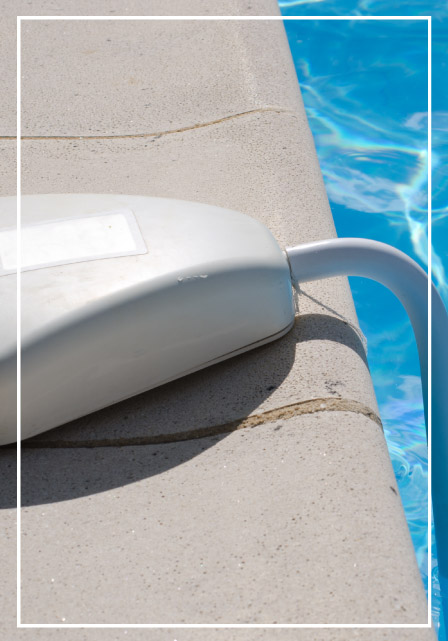
Sand Base
A sand base in the context of fibreglass pools refers to the sand layer that is applied to the excavated area where the fibreglass shell will be laid. This layer aids in the levelling process and provides a soft and forgiving surface for the pool shell.
Pool Coping
Pool coping represents the edging that surrounds a swimming pool. In fibreglass pools, the coping is often made from materials such as stone or concrete and serves as a border between the pool shell and the surrounding deck.
Flexural Strength
Flexural strength relates to the ability of the fibreglass material to resist deformation under load. Higher flexural strength means that the fibreglass pool shell is less likely to crack or warp when exposed to external pressures, such as ground movement or changes in temperature.
Salt Chlorinator
A salt chlorinator is a device that uses common table salt to produce chlorine for the pool. It offers a more natural and less harsh alternative to traditional chlorine, improving water quality and reducing the need for excessive chemicals.
Solar Cover
A solar cover, also known as a solar blanket, is a large sheet of plastic that can be placed over the pool when not in use. Its primary function is to absorb sunlight and transfer the warmth to the pool waters, thereby maintaining a comfortable swimming temperature. It also prevents debris from entering the pool and reduces water evaporation.
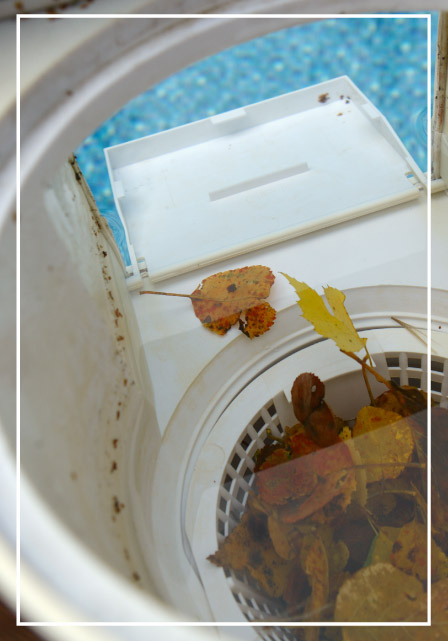
Pool Heater
A pool heater is a device used to regulate the temperature of the pool water. There are several types of pool heaters available, including gas heaters, electric heaters, and solar heaters, each with its own advantages and limitations.
Filter Cartridge
A filter cartridge is a component of the pool’s filtration system. It contains a pleated fabric or paper which traps and holds debris as water flows through it. These cartridges need to be cleaned regularly and replaced periodically to ensure effective filtration.
Pool Vacuum
A pool vacuum is a tool used to clean the bottom and sides of a swimming pool. It operates much like a household vacuum cleaner, sucking up debris such as leaves, dirt, and algae.
Safety Cover
A safety cover is a strong, durable cover designed to fit securely over the pool when it’s not in use. Its primary purpose is to prevent accidental falls into the pool, making it a critical feature for households with children or pets.
Vinyl Liner
A vinyl liner is a type of pool lining material typically used in in-ground and above-ground pools. This liner, custom-fitted to the pool’s dimensions, acts as a barrier between the pool structure and water, providing a smooth, comfortable surface for swimmers.
Conclusion
In conclusion, understanding the components and terms associated with swimming pools is essential to ensuring an effective operation and longevity of your own swimming pool. From the filtration system to the pool’s structural components, each aspect plays a crucial role in maintaining a clean, safe, and enjoyable swimming environment. If you wish to explore deeper into the realm of swimming pools or if you are considering the installation of your own fibreglass swimming pool, do not hesitate to reach out to us at Barrier Reef Pools. We offer free quotes and would be more than happy to answer any questions you may have.


